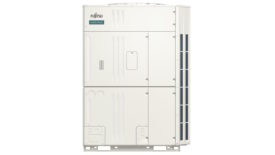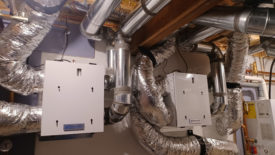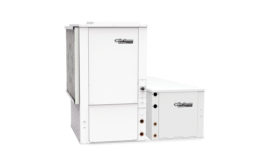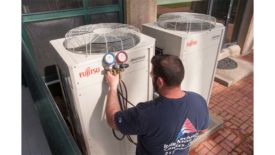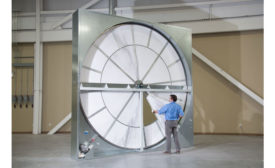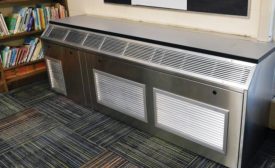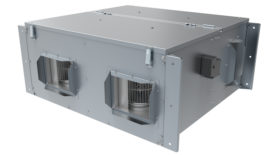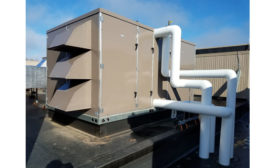Home » Keywords: » energy recovery ventilator
Items Tagged with 'energy recovery ventilator'
ARTICLES
Tips for Ducting Residential Energy Recovery Ventilators
Sizing, positioning and ducting an ERV to bathroom vents, not only circumvents traditional fans, but introduces clean outdoor air strategically balanced to the exhaust-CFMs.
Read More
WaterFurnace Expands Commercial Offerings
Company offers more by making its products fit into a smaller space
Read More
Indoor Air Quality Solutions for VRF Systems
OEMs offer ventilation options and upgraded filters to improve indoor air
Read More
Dehumidifiers Deliver Built-In Comfort for Multifamily Settings
A distinctive redesign means proper humidity levels via ducted mini splits and in-wall dehumidifiers
Read More
Copyright ©2025. All Rights Reserved BNP Media.
Design, CMS, Hosting & Web Development :: ePublishing
